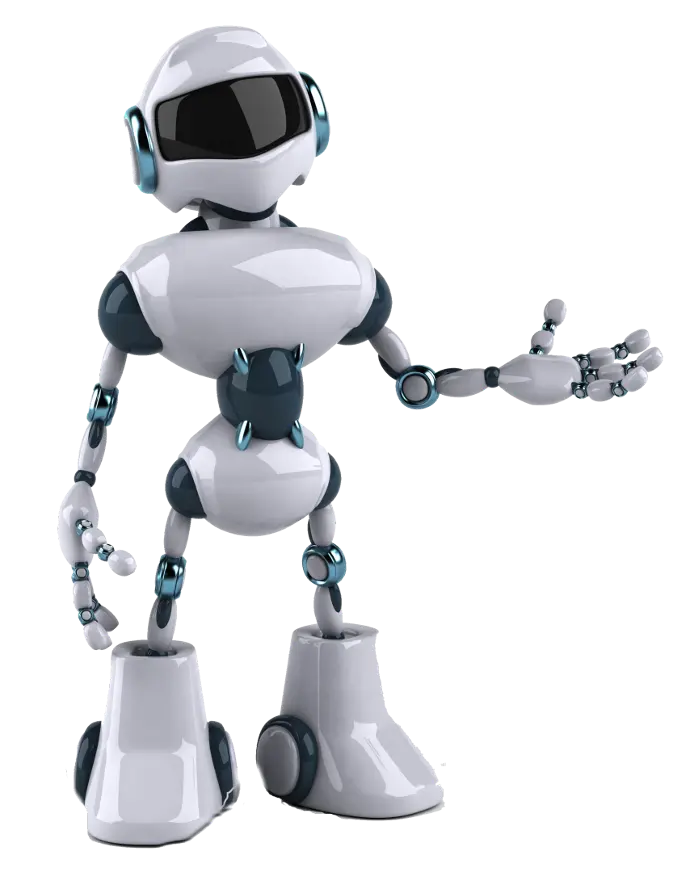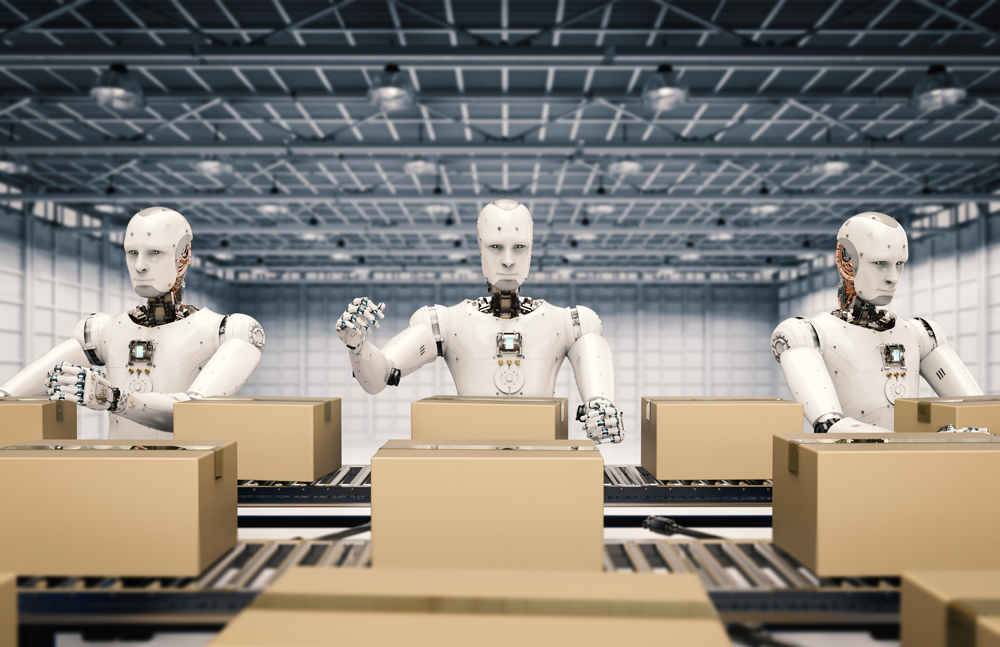AI Threat to Employment: What Impact Will It
Have on the Future of Work?
Artificial intelligence (AI) has made great strides in recent years, raising concerns about its impact on the workplace.
While AI has the potential to bring many benefits to society, it also poses a significant threat to jobs currently held by humans.


Table of Contents
- AI and Automation
- Impact of AI on Employment
- Threat to Low-Skilled Jobs
- Threat to High-Skilled Jobs
- The Role of Government
AI and Automation
Artificial intelligence refers to machines that can perform tasks that would normally require human intelligence, such as learning, problem-solving, and decision-making. AI has been around for decades, but recent advances in machine learning, natural language processing, and robotics have led to significant advancements in the field.
Automation, on the other hand, is the use of technology to carry out tasks previously performed by humans. As AI and automation become more prevalent in various industries, there are concerns that they will replace human jobs. Some experts predict that as many as 800 million jobs could be lost to automation by 2030.
Impact of AI on Employment
AI has already begun to transform various industries, from healthcare to manufacturing. One of the most significant impacts of AI on employment is the automation of repetitive tasks previously performed by humans. This includes jobs in manufacturing, such as assembly line work and quality control, as well as administrative tasks, such as data entry and customer service.
AI has also led to the creation of new jobs, such as data scientists and AI engineers. However, these jobs require a high level of technical expertise, and there are concerns that they are only accessible to a small percentage of the population.
Threat to low-skill jobs
One of the biggest concerns related to the rise of AI is the potential loss of low-skill jobs. Jobs that require minimal education or training, such as cashiers and truck drivers, are most at risk of automation. These jobs also often have low wages and little job security, making it difficult to transition into new careers for those who lose their jobs.
While some argue that automation will create new jobs, these jobs are unlikely to be within reach of those who lose their low-skill jobs. The skills required for these new jobs are often highly specialized and require significant education and training.
Threat to high-skill jobs
High-skill jobs may be less likely to be replaced by automation, but they are not exempt from the impact of AI. Many jobs that require a high level of education and training, such as doctors and lawyers, are already being impacted by AI. For example, AI can now analyze medical images and provide diagnoses, reducing the need for radiologists. Similarly, AI-powered legal research tools are changing the way lawyers work.
While these advances may make these jobs more efficient, they also pose a threat to job security. As AI advances, it will likely be able to perform more complex tasks, potentially leading to the replacement of high-skill jobs.
The role of government
As AI continues to impact the labor market, there are increasing calls for governments to take action. Some experts have suggested that a universal basic income could be a solution to job losses caused by automation. This would provide everyone with a basic income, regardless of whether they have a job or not.
There have also been calls for increased investment in education and training programs to ensure that people have the necessary skills. In addition, governments should adopt policies that encourage adaptability and professional reinvention for workers affected by automation.
Artificial intelligence poses a significant threat to the work environment. While AI has the potential to provide benefits, it can also replace jobs and change the way we work. It is important that governments and businesses take steps to mitigate the negative impacts of AI and ensure that the technology is used ethically and responsibly.

 IHRO NEWS
IHRO NEWS